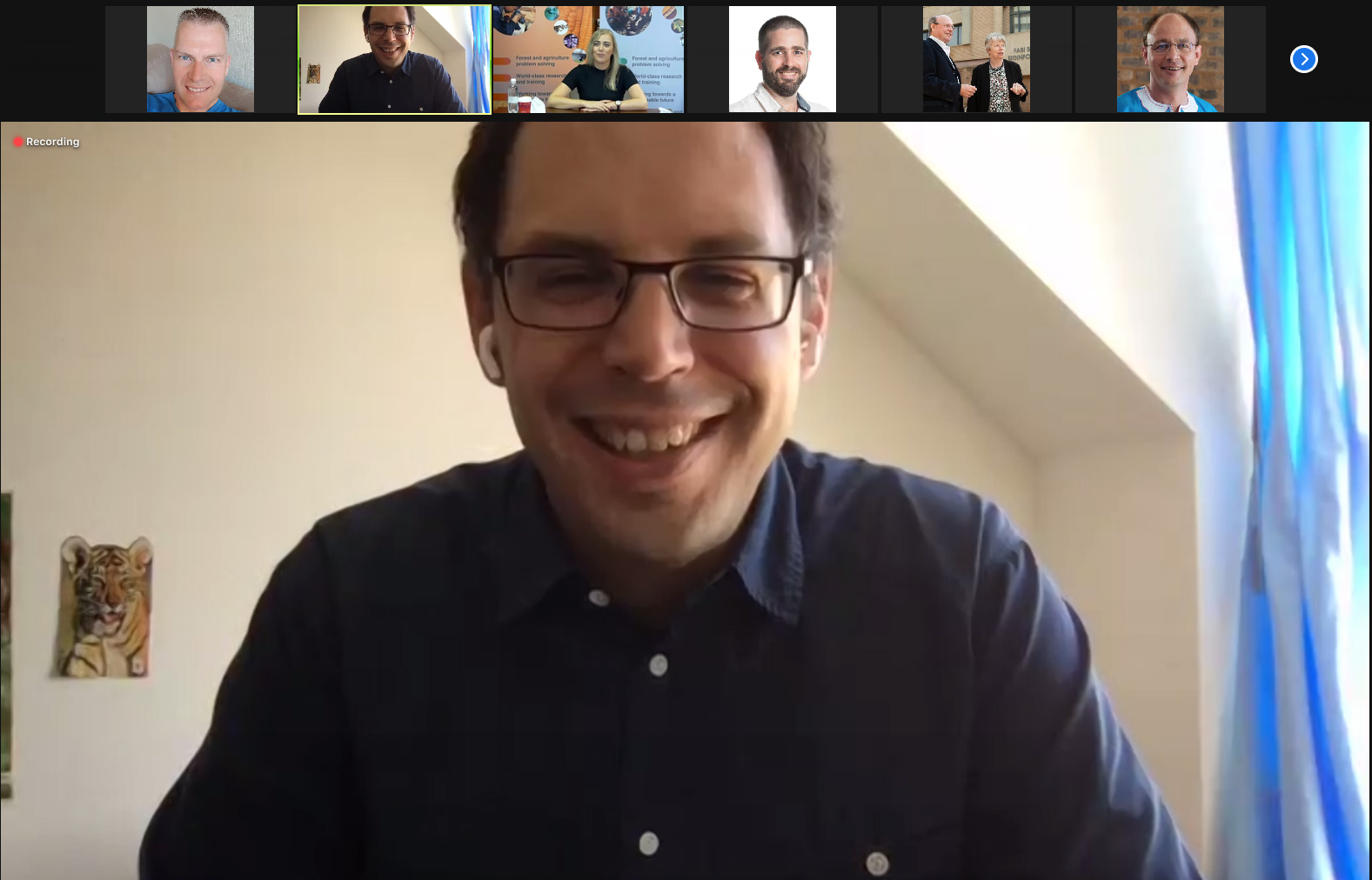Drivers and brakes of pathogen emergence 2021-02-26
Plant pathogens are a major threat to agricultural and understanding why we see their (re)emergence and how we can slow or prevent these has a significant impact on food security. Professor Daniel Croll of the University of Neuchâtel in Switzerland was the guest presenter of this month’s FABI International Seminar Series on 25 February. His presentation, entitled “Drivers and brakes of pathogen emergence” outlined his research group’s activities that seek to understand evolutionary processes to transition to more sustainable commercial agricultural practices.
Humans have transformed the landscape and what they eat through commercial farming. This ‘green revolution’ saw the use of synthetic fertilizers, pesticides and the introduction of resistant crops significantly increase agricultural production. Prof. Croll’s research group try to understand evolutionary and ecological processes governing pathogens by investigating within-species diversity at the phenotypic, genomic, transcriptomic and epigenetic level in order to advance our understanding of pathogen emergence. A multitude of different factors act as drivers of pathogens but trade-offs can act as brakes by constraining the evolution of individual pathogen traits.
One of the examples he used to explain what drives the emergence of a new pathogen is that of the pathogenic fungus Cryphonectria parasitica, the causal agent of Chestnut blight that all but wiped out the American chestnut and, after its introduction to Europe, has devastated European Chestnut communities.


